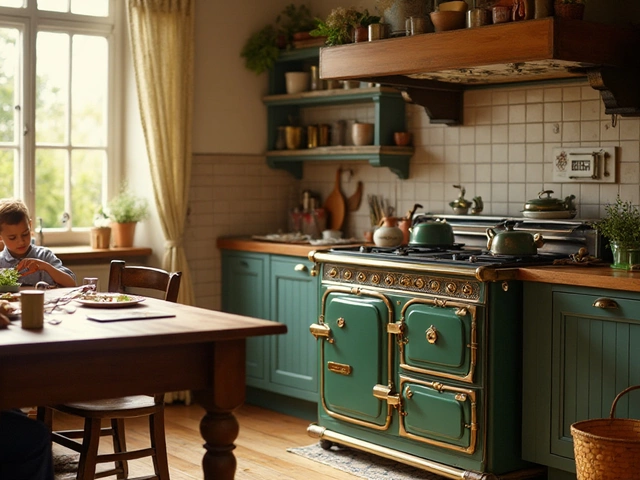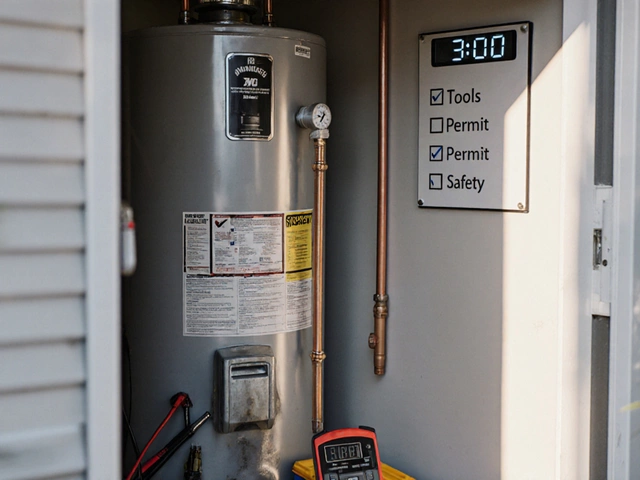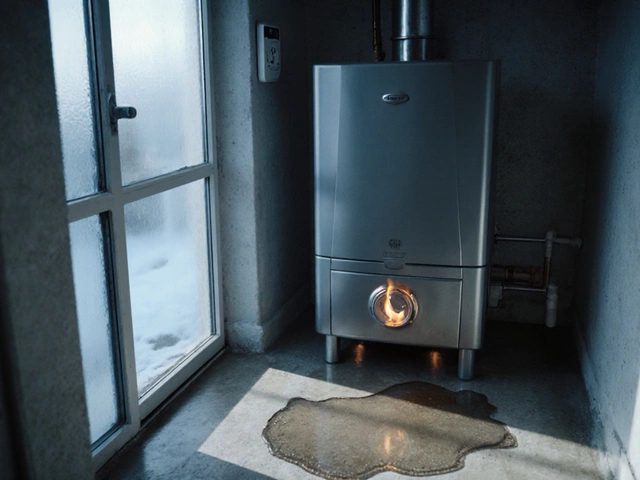Durable Appliance Brands for Cookers: A Comprehensive Guide
January 3 2025Replace Gas Hob – When and How to Do It Right
If your gas hob is showing signs of wear, it might be time for a replacement. A faulty hob can waste gas, cook unevenly, or even become unsafe. In this guide we'll look at the reasons to replace a gas hob, the steps involved, and when you should call a professional.
Why you might need a new gas hob
Most gas hobs last 10‑15 years if they’re well maintained. Still, a few common problems tell you it’s time to upgrade:
- Uneven flames or burners that won’t stay lit.
- Visible rust, cracked burners, or broken knobs.
- Strong smell of gas when the hob is off.
- Consistent high energy bills with no change in cooking habits.
- New kitchen remodel that changes the layout.
Ignoring these signs can lead to higher bills, poor cooking results, or even a fire risk. Replacing the hob early saves money and keeps your kitchen safe.
Steps to replace your gas hob safely
Even though the job sounds simple, working with gas needs care. Follow these steps or call a certified gas engineer.
1. Turn off the gas supply. Locate the shut‑off valve behind the hob or at the meter and close it. This stops any gas flow while you work.
2. Disconnect the old hob. Unscrew the mounting brackets, pull the hob away, and disconnect the gas pipe. Use a wrench to loosen the fitting, but don’t force it.
3. Check the pipe and fittings. Look for corrosion or damage. If anything looks worn, replace the pipe or have a professional do it.
4. Prepare the new hob. Follow the manufacturer’s instructions. Most modern hobs come with mounting holes that line up with the existing cut‑out.
5. Connect the gas. Attach the gas pipe to the new hob using a new seal (often a PTFE tape). Tighten the fittings securely but don’t over‑tighten.
6. Test for leaks. Open the gas valve slowly and apply a soapy water solution to the connections. Bubbles mean a leak – tighten the fitting or re‑apply tape.
7. Secure the hob. Screw the hob back into place, making sure it sits level. Replace any decorative panels or trim.
8. Light the burners. Follow the hob’s ignition instructions. If any burner clicks but doesn’t stay lit, double‑check the gas flow.
Even with these steps, many homeowners prefer to let a qualified gas engineer handle the gas connection. In Bedford, licensed engineers are required to work on gas appliances, and they’ll give you a safety certificate after the job.
Replacing a gas hob can improve cooking performance, lower energy use, and give your kitchen a fresh look. Keep the old hob for recycling – many local councils collect metal appliances.
When you’re ready, compare models that match your cooking style, look for energy‑efficient burners, and check online reviews. A good replacement will last years with regular cleaning and an annual safety check.
Got questions or need a quote? Our certified Bedford gas engineers are just a call away. We’ll handle the whole job, from safe removal to a fully tested new hob, so you can get back to cooking without worry.
 11 Apr
11 Apr
Do You Need a Gas Engineer to Replace a Gas Hob?
Swapping out your old gas hob can seem like a DIY project waiting to happen, but is it really that simple? Before you grab your toolbox, consider the safety and legal aspects—hiring a certified gas engineer might be a lot smarter than it sounds. Delve into the pros and cons of professional versus DIY approaches, safety concerns, and whether handling gas appliances on your own is worth the risk. Discover handy tips to ensure that your new hob is installed safely and functions efficiently.
Read More...



